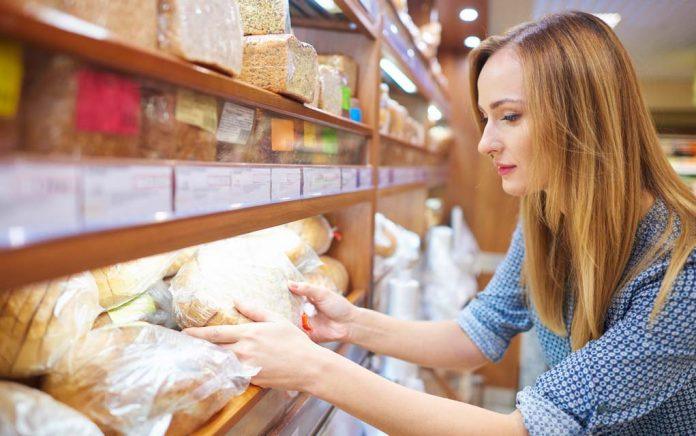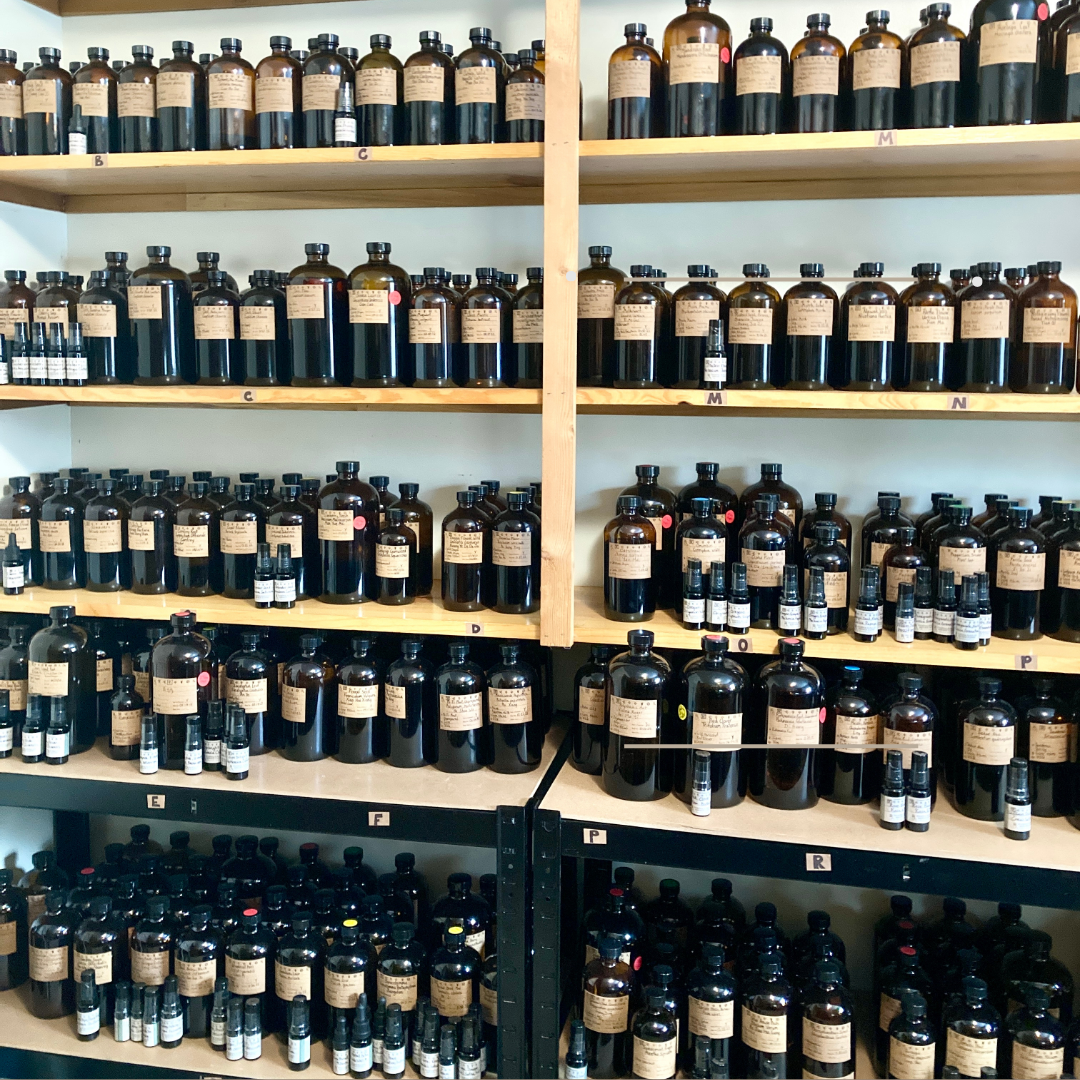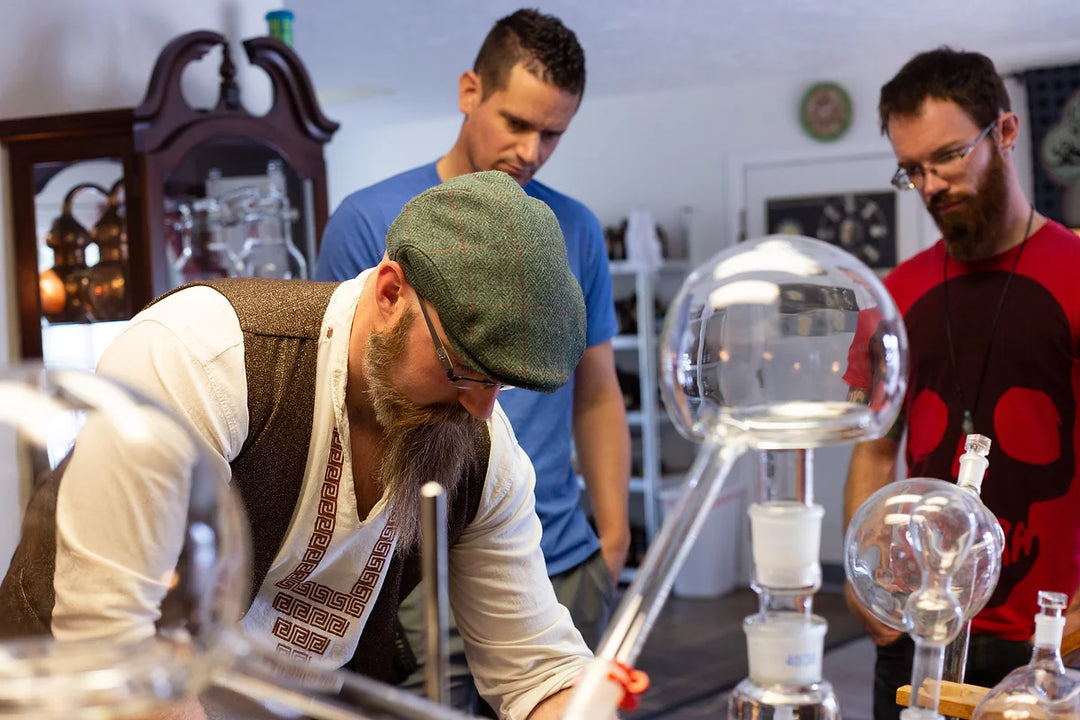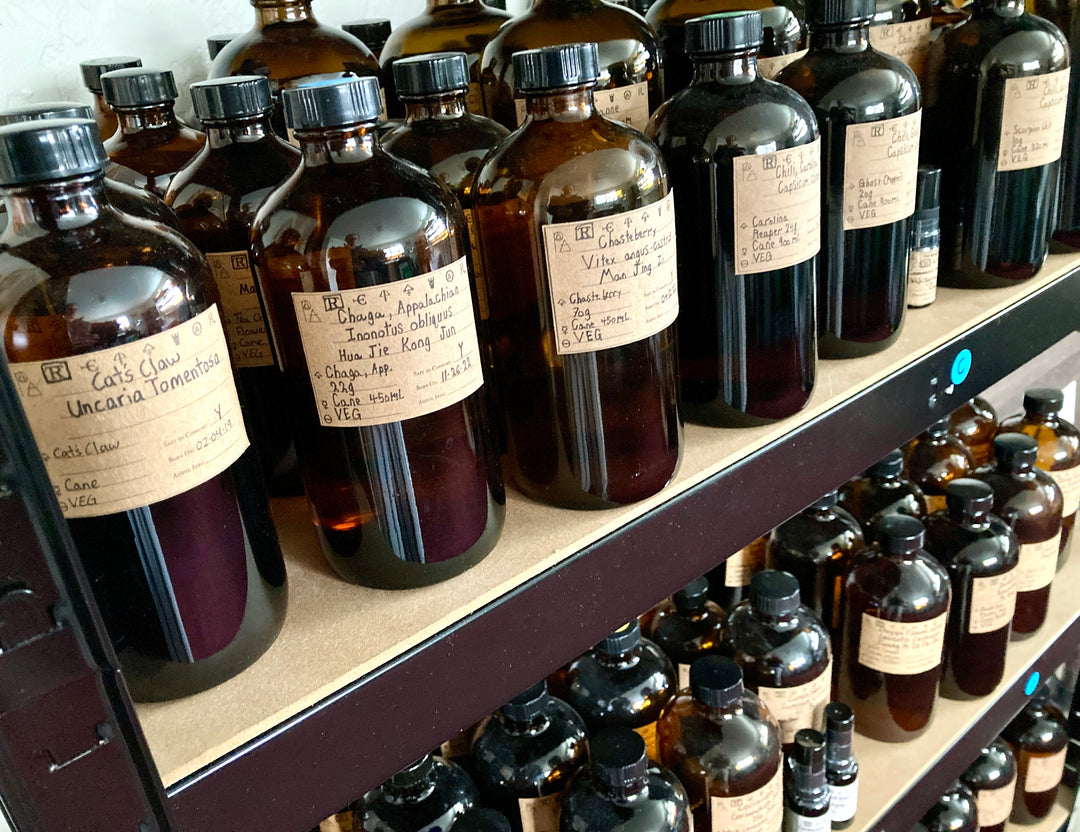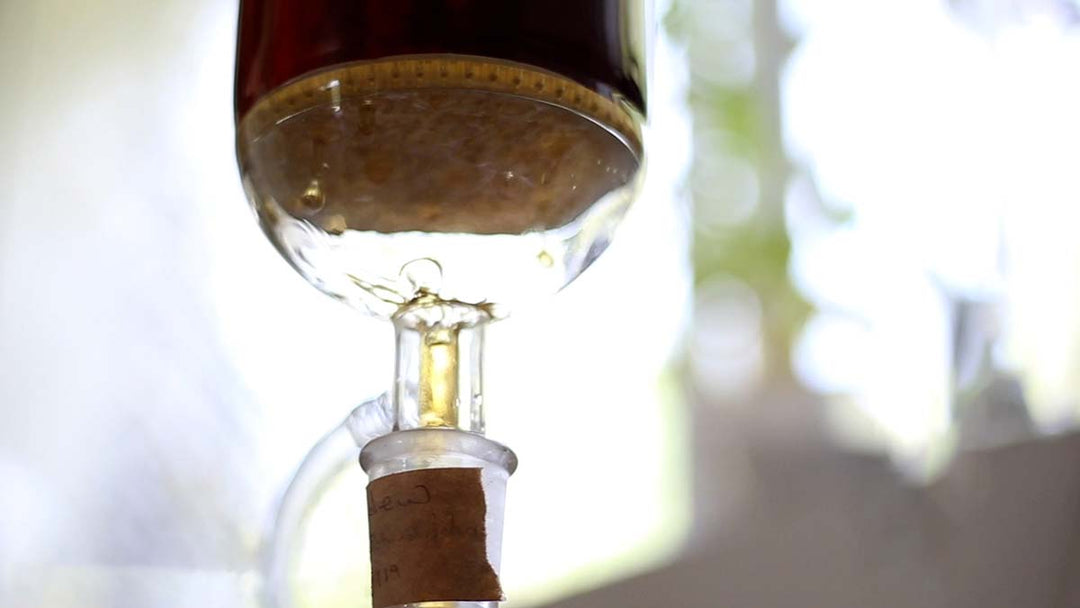In the 21st Century, we are experiencing an all-time pinnacle of processed foods using Chemical Additives. Along with that pique of food additive processing, we’re seeing these processed foods playing a key role in the degeneration of the health of our citizenry. Though it maybe has never happened on quite this same scale, I don’t think most people understand that this is a centuries-old problem that is still out of hand.

To be quite clear, this era is not at all the first time in history that food impurities or chemical additives in processed foods have had a significant impact upon the health of the people who eat those foods. In this article, I’m going to be focusing primarily on the main staple of nearly all people’s diets, both in modern times and historically - Bread and Baked Goods. As it turns out, possibly as early as the 14th century, we start to see the use of “Chemical Additives” by way of chemical leavenings showing up in baking practices in Europe. Bakers in the Netherlands, Russia, and other areas of the Europe had isolated traditions of using chemical leavening agents, usually Potash or purified Salt of Tartar, which added levity and crumb to their delectable pastries. Deventer cakes, which is a type of a type of sweetened Dutch gingerbread cake - are likely produced in just such a way. It has a centuries-old trademark in the making of it, and even the bakers don’t know the secret final ingredient. In more distant times, the final ingredient was added by the Magister of the Deventer Area after the bakers made the base dough and removed themselves from the room. The Magister preserved the secret and passed on the tradition from Magister to Magister, until today where I believe there is a Cake Master that oversees this process; it is still just as closely guarded and none of the lesser bakers know the secret. The cakes are still made today and even though they state on the Bussink Deventer Website that they still make the cakes exactly as they have for centuries; the English Translation of the text on their website says: “The recipe is supposed to be a secret, but the ingredients are well known: rye flour, honey, (clean) water and spices. The mixture of those spices was the secret of the guild and not even known to the bakers.” As it so happens, “Spices” are very elusive and Townsends postulated that the Salt of Tartar could have been added since contemporaneous other traditions in Europe existed doing that same thing both during that century and in later centuries. If that speculation is correct, the inclusion of a documented “chemical additive” in baking in Europe could go as far back as the 1300’s!
Now just because we are starting to see Chemical Additives in bread, we’re not necessarily seeing Chemical Toxicity from the bread...at least that we know of through any sources I have been able to find. What is most interesting to me, though, is that in the 18th Century we see the use of chemical additives to bread were starting to have significant health ramifications on the public. In 1757, Peter Markham was a doctor who was actively investigating the most prevalent causes of digestive and bowel disease of his area at the time based on the complaints of his patients. Through thorough investigation and by studying the diets of his patients, he traced back the contamination to the bread and originally identified 7 contaminants that millers and bakers had put into the bread that was causing the complaints. In fact, in his first published pamphlet on the matter, he only actually lists 6 of them, saying that the 7th was so heinous that he dare not mention it for fear of public outrage. Based on the description of being an innocuous, sweet white powdered pigment that blends with chalk and flour and whitens bread, I am of the persuasion this is likely Lead Oxide. Regardless of my speculations, he later wrote a book for Parliament called Syhoroc and in that he cites a few other contaminants for a total of 10 common impurities and additives added to the bread. Some of these are still in bread today... Now, before we go too much further, we have to define what bread is and what bread isn’t by actual historical definition. It’s important to define Bread not by its style, but by its ingredients. Originally, leavened bread is composed of just 4 Ingredients: [Whole] Stone Ground Flour, Water, Salt, Yeast. The ancient Egyptians of 2000 BCE had a mastery over this process and had an impressive 50 varieties of bread that they documented using these four ingredients alone. So the tradition of baking leavened bread with those four ingredients alone is over 4000 years old. The lowest common denominator between their breads and breads of every culture before chemical leavening? YEAST! Now, the ancients didn’t write about yeast in a way that demonstrated that they really grasped what was happening. To them, it was kind of like magic. Even though in the 1680’s, Anton Von Leeuwenhoek first saw them through a microscope, but he didn’t classify them as living creatures. He didn’t really know what they were or what he was seeing, but he was able at least to make some mention and identification of them. The biological identification of yeast being living fungi was not to be discovered until 1837 by Theodor Schwann. Since then, we have learned a great deal about the diet, digestion, lifestyle, and behavior of yeasts which have illuminated our understanding of the process. Regardless of not having this understanding, people of the distant past knew how to propagate yeast and how to preserve it for millennia. To make a dough culture from scratch, it was discovered rather early on that a person could use Barm [yeasty foam from fermenting beers and grain wines] or Lees [the yeast that precipitates to the bottom of a fermentation] to initiate the ‘Ferment’. We don’t see a lot of it in the documentation, but it’s not far-fetched to think that you might see people leave the dough out for a day or two and knead it regularly to introduce the wild yeasts from the air. This latter method was not well known or well documented until the 18th century, but that may be because the literary class created cookbooks and it was the poorer classes who were mentioned as having made and eaten sour breads. That said, no matter how you created your initial “starter”, once somebody had that batch, if they kept a fist size lump of dough behind from the last batch and kneaded it into the new dough, then they found it will rise just the same as if you added barm. In fact, it rises even a bit faster in most cases because the starter culture is ready to get going without any advance preparation necessary. Today, thanks to a more complex understanding of fungi and microbiology, we now understand the mechanisms by which bread dough is made through the fermentation of flour by yeasts and we have even been able to use laboratory methods to run split tests on varieties of yeast ideally suited to common types of commercially available grain flour. But all these lab-grown and isolated yeasts really take away from the nutrient profile and diversity of the microbes initially used. In the past, your eyes couldn’t see what was going on, you couldn’t tell what types of bacteriae or fungi the culture had ammassed, and so we relied heavily on our perceptions and we knew that the smell and texture would change to the way we wanted it if we followed a particular folk prescription - these folk prescriptions eventually evolved to be “Family Recipes”. One recipe might suggest keeping a culture out for 3 days to achieve the texture, consistency, or flavor that was beloved by that family, whereas another recipe might only require 2 hours. The first recipe would likely be akin to what we would now call a sourdough recipe, or else called a “winter bread recipe” as they recognized that rising time could vary greatly based on temperature, meaning more time necessary for the rise during the cold months. But aside from the different grit of the flour, the different proportions, and the occasional egg or sweeteners/flavorings added, leavened bread essentially stayed the same for millennia. The deviation from Fermented Breads and individuals baking for themselves or their tiny village historically happens anytime a culture has a large metropolis or city-dwelling culture. With the rise in population of any geographic area and the lack of daily farm life, the growing of grain is in the hands of the farmers, the grinding of flour in the hands of the Millers, and the baking of bread goes into the hands of the Baker’s Guilds, which each have their own proprietary secrets in their own unique crafts. When bread wasn’t really an option to make by conventional means due to poor grain quality or poor grain availability on behalf of those Farming the grain, the Millers and Bakers Guilds were responsible for creating new formulations of their products to keep their products tasting, feeling, smelling, and looking essentially the same, regardless of the differences they had to impose. It’s in times of shortage like this where we usually see chemical additives being used the most frequently. And this is done largely to substitute the quantity, texture, structure, style, color, and taste because the quality of starting grain was quite bad or the supply of grain was too low to meet demand. This was certainly true of the shortage of grain around 1757 written about by Peter Markham, but it was common I’m sure in other areas and at other times and just went on without documentation due to lack of connecting it to the common public health issues. The most common contaminant used in the 1750’s that is still used today is Chalk. If you don’t believe me, I would ask you to walk to your bread cupboard, refrigerator, or pantry and look at the ingredient list on a loaf of bread you have purchased from the store and you will likely find calcium carbonate on that list; sometimes you see it twice - once in the Enriched Ingredients of the flour itself and again somewhere rather pivotal in that list. By any other name, this is called Chalk and the reason it is used today is the same as why they used it in 1757: The first is for profits. Chalk is less expensive than flour and weighs more per the same volume, therefore creating heavier flour and making more profit for the millers. Secondly, it is commonly used to help fluff up the bread and make the crumb lighter. In modern times, the FDA allows it to be added during the enriching process after all the nutrients have been stripped out through the whitening process and again as a dough conditioning agent and/or leavening agent. But there is a MAJOR health repercussion to eating products with Calcium Carbonate in them IF that base has not yet reacted with an Acid BEFORE baking. For instance, if you add a touch of vinegar or buttermilk to the dough and create the Acid/Base reaction in the dough, then it releases CO2 and that carbonation makes the bread lighter, not at all dissimilar from Soda Bread. However, if there is no chemical acid/base reaction before baking, then that reaction happens in your stomach and neutralizes the stomach acid, rendering it inert. And therefore, we have a lot of people in 1757, especially bread-eaters, who have indigestion, heart-burn, and gastro-intestinal disorders relating back to the neutralization of acids early on in the digestive process. And the SAME thing is happening today. Millions of Americans suffer from the multiple conditions arising from Low Stomach Acid. Commonly diagnosed as GERD and/or Hydrochloric Acid Insufficiencies, the causes and treatments aren’t frequently discussed. Acid/Base reactions like HCL and Calcium Carbonate, which releases Carbon Dioxide/Carbonic Acid [creating gas], neutralizes the HCL, and the solution left over forms Calcium Chloride. If you have no stomach acid, how can your body possibly digest all that food that was just consumed? Well, it manages, but not very well. When the acid is decreased, the parietal cells are usually triggered to produce more. But the acid that gets produced begins to float on the top of a bed of mucous, undigested food, calcium chloride salts, and whatever else you ate. It’s a terrible sensation, yet millions of Americans deal with it daily. And insanely enough, the “over the counter” remedy is more chalk. Calcium Carbonate is what Tums and other antacids are made from. So you see by now that taking more calcium carbonate may temporarily create a little relief, but it compounds the problem by starting the cycle all over again. When this happens for a few days or longer, this is when people develop a number of other conditions like Hypomagnesemia [due to high Calcium Chloride consumption] and much more. Vomiting regularly is common for people with this issue; abdominal pains are VERY common and also the person has a tendency to have painful bowels due to the preliminary stages of the digestive process being tampered with. Over time, this will inevitably impact absorption of minerals, vitamins, and nutrients which will lead to compromised function of one or more parts of the body. And so it happens with many research clients I’ve worked with who have digestive dysfunctions with symptoms diagnosed as GERD or other Gastro-Esophageal disorders. In 1757, a basic list of toxic contaminants in bread alone looked something like the items below; 7 of them really have toxic ramifications on health. Remember, this isn’t to include other impurities that are not actually “bread” ingredients, such as acorns, beans, and straw flour: Cupric Sulfate to bleach the flour Chalk [Calcium Carbonate] as a whitening agent, for texture, and for weight of flour
Alum as a whitening agent Lead Oxide as a whitening agent Soap Shavings as a whitening agent Slacked Lime as a whitening agent [Human] Bones as a whitening agent and references were made to texture being best if made with Human or Pig Bone Powder. In 2019, we definitely have a wider range of hazardous chemicals and so there is a lot more capacity for other types of systemic damages beyond just those in the 18th century. Below, I have listed out the ingredients for a top-selling bread from “Nature’s Own”. Of the 37 ingredients in this “bread”, 29 of those starting ingredients originate in a laboratory, not in nature. Of those 29, 10 of those are dough conditioners. You will see that chalk is still added to this bread, just as it was in the 1700’s, and that they have also added Calcium Sulfate, which is plaster of paris. Whatever this material is, it is NOT bread. It is a bread-like imitation made through inexpensive food chemistry. Take a look for yourself at the ingredients...
Ingredients: Unbleached enriched flour (wheat flour, malted barley flour, niacin, reduced iron, thiamin mononitrate, riboflavin, folic acid), water, sugar, fiber (may contain soy, oat, cottonseed, and/or cellulose), wheat gluten, yeast, contains 2% or less of each of the following: calcium sulfate, soy flour, salt, calcium carbonate, soybean oil, cultured wheat flour, dough conditioners (contains one or more of the following: sodium stearoyl lactylate, calcium stearoyl lactylate, monoglycerides, mono- and diglycerides, calcium peroxide, calcium iodate, DATEM, ethoxylated mono- and diglycerides, azodicarbonamide, enzymes, ascorbic acid), vinegar, guar gum, citric acid, ammonium sulfate, monocalcium phosphate, sodium citrate, soy lecithin, niacin, iron (ferrous sulfate), thiamine hydrochloride, riboflavin, folic acid, natamycin (to retard spoilage)
In conclusion, it must be stated that the solution to poisoning from eating bread is largely a choice. We have a choice to purchase or grow organic Grains. We have a choice to stone ground our own flours at low temps by hand. We have a choice to use Sea Salt and Water and Culture Starter to Ferment our Bread. We have a choice as to how we want to bake it [Dutch Oven with Lump Hardwood Coal is the best method I’ve found]. And we have a choice to not do any of these things and just to keep purchasing what is easy. I’d like to close this article with an axiom that has followed me all my life: “In the Long Run, The Easy Way is the Hard Way, and the Hard Way Is the Easy Way”. If you take the easy way through your dietary practices, don’t be surprised if your medical complications become hard to treat down the road. Ultimately, everything beyond what our parents imposed upon us as children is a choice and we have start taking more accountability for the choices we make and the repercussions those choices will inevitably have on us down the line.
Resources:
https://www.youtube.com/watch?v=o-W1E26C4g8&list=PL4e4wpjna1vySZZLECS0Z7dABedvx2-pe&index=3
https://naturallysavvy.com/eat/scary-ingredients-used-in-bread-manufacturing/


